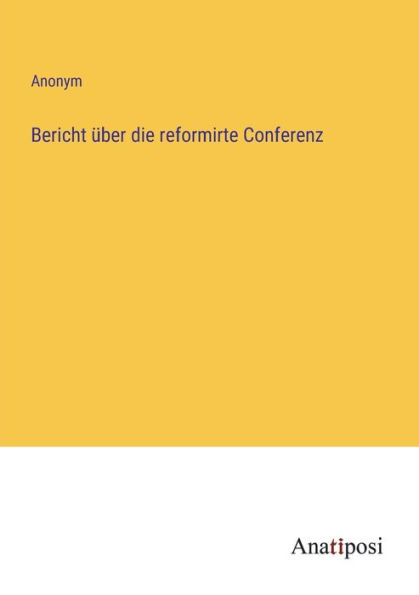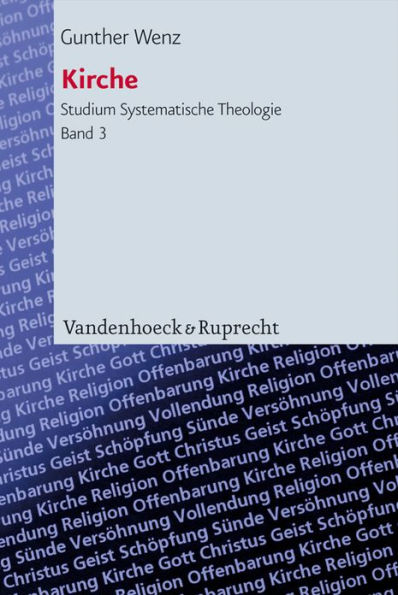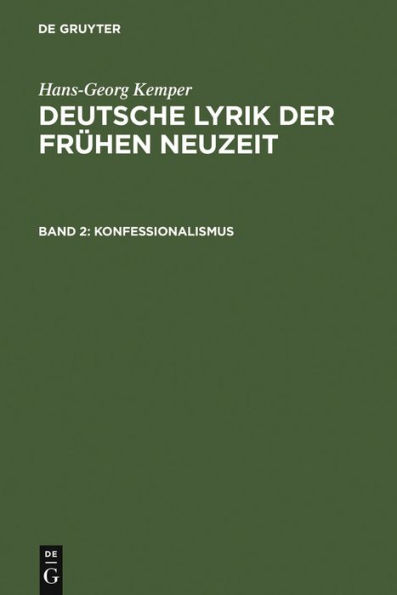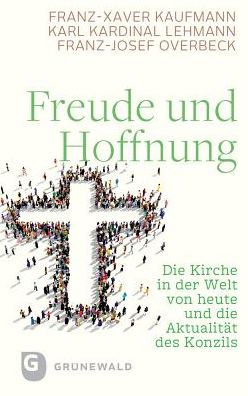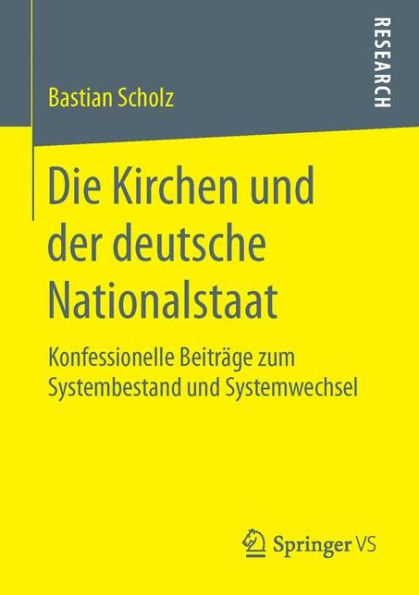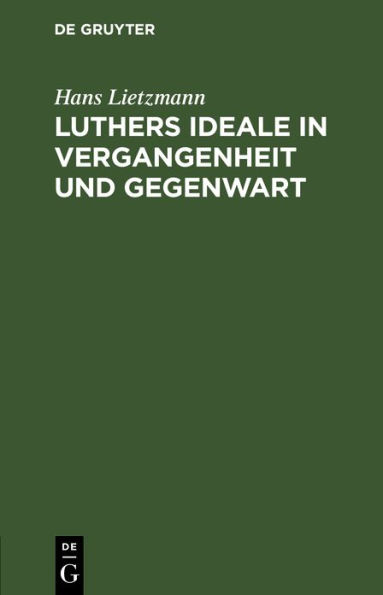Home
Die un-vollendete Reformation: Zur konziliaren Gemeinschaft der Kirchen
Barnes and Noble
Die un-vollendete Reformation: Zur konziliaren Gemeinschaft der Kirchen
Current price: $21.00
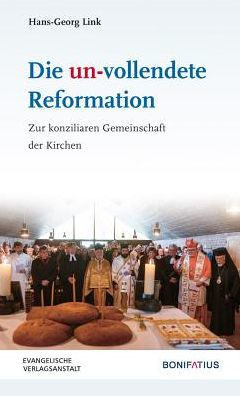

Barnes and Noble
Die un-vollendete Reformation: Zur konziliaren Gemeinschaft der Kirchen
Current price: $21.00
Size: OS
Loading Inventory...
*Product information may vary - to confirm product availability, pricing, shipping and return information please contact Barnes and Noble
English summary: The title of the book advocates the thesis: the anniversary in 2017 is less an occasion to celebrate a successful Reformation but rather an opportunity to take the unfinished Reformation forward. Unfinished it is because Luther aimed at a root-and-branch renewal of the whole church. Like Melanchthon he hoped that there could be held a "general free Christian council". Instead of this the Peace of Augsburg in 1555 sealed the division of Western Christianity, and the Reformation remained unfinished. In the first part Link discusses the conciliar approaches of the Reformation period and then sheds a light on the new conciliar impulses of the assemblies of the World Council of Churches (since 1948), the Second Vatican Council and the Pan-Orthodox Council (2016). The second part addresses the core issue: What is the aim of Ecumenism? German description: Der Titel des Buches vertritt die These: Das Jubilaumsjahr 2017 gibt weniger Anlass, eine gelungene Reformation zu feiern, als vielmehr die un-vollendete Reformation voranzubringen. Denn Luthers Programm nahm sich die Erneuerung der Gesamtkirche an Haupt und Gliedern zum Ziel. Mit Melanchthon hoffte er auf ein 'allgemeines, freies, christliches Konzil'. Stattdessen wurde mit dem Augsburger Religionsfrieden 1555 die Spaltung der westlichen Christenheit besiegelt, womit die Reformation unvollendet blieb. Link erortert im ersten Teil die konziliaren Ansatze in der Reformationszeit, um dann die neuen konziliaren Impulse der Vollversammlungen des Okumenischen Rates der Kirchen (seit 1948), des Zweiten Vatikanischen Konzils sowie des panorthodoxen Konzils (2016) zu beleuchten. Der zweite Teil befasst sich mit der unbeantworteten okumenischen Kernfrage: Was ist das Ziel der okumenischen Bewegung? Am Ende stehen Vorschlage zur konziliaren Gestaltung des Jahres 2017 und Ausblicke auf eine deutsche okumenische Provinzialsynode 2021, eine europaische evangelische Synode 2030 und die Versohnung zwischen Ost- und Westkirche 2054.

